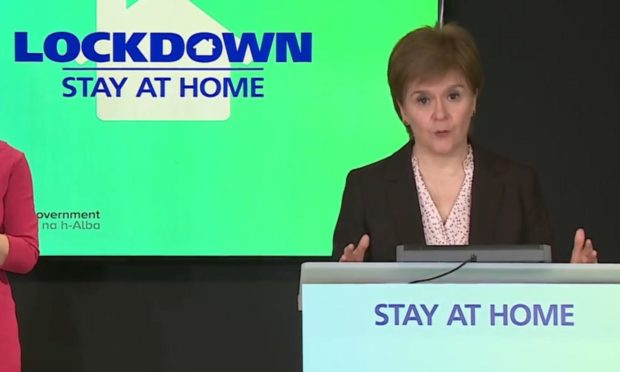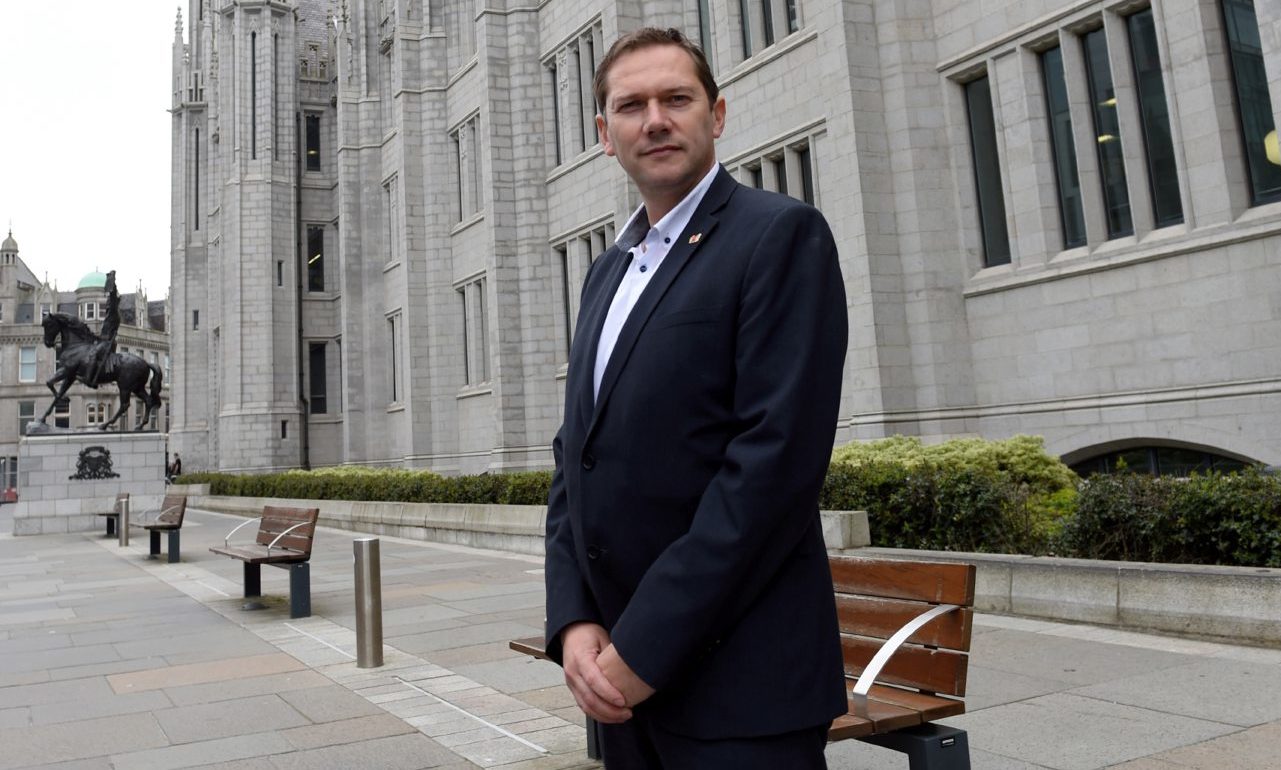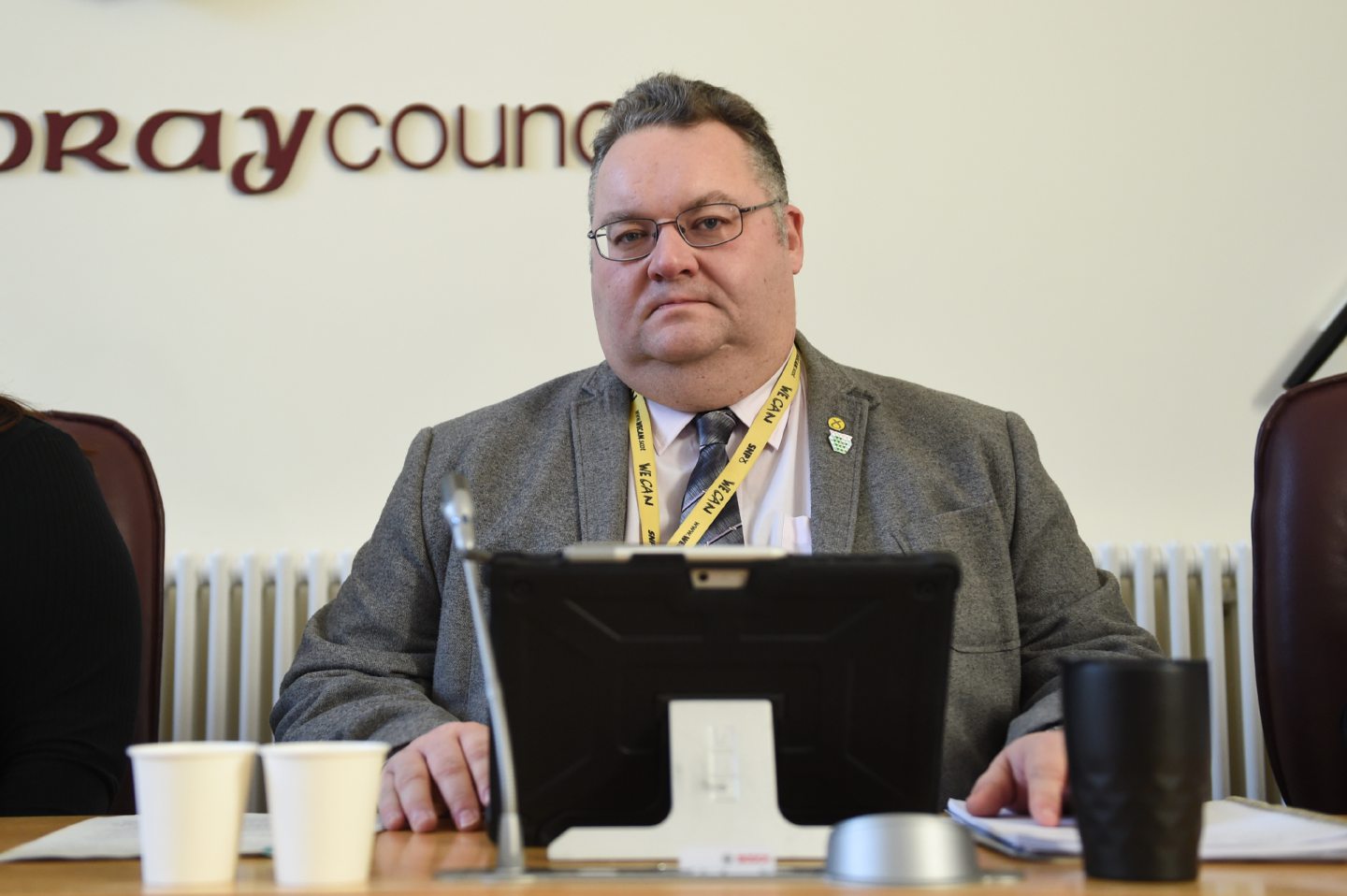Covid levels in Glasgow are “holding back” the rest of the country’s pandemic recovery, it has been claimed.
Coronavirus restrictions are expected to be gradually eased throughout the coming weeks as infection rates fall and more people are vaccinated.
There had been suggestions earlier this month Scotland would return to the levels system used before Christmas.
And, with this, areas with less Covid transmission would be able to reopen sooner than others.
But the new recovery timetable, set out by the First Minister on Tuesday, contains a series of Scotland-wide changes.
The only exceptions are the Orkney, Shetland and Western Isles, which have already been operating under different restrictions to the mainland.
Nicola Sturgeon said it is “important” lockdown measures are relaxed at the same pace across Scotland to give the most people “maximum freedom”.
But last night the “one size fits all” stance was branded a “cop-out”.
‘Held back by Glasgow’
Aberdeen City Council co-leader Douglas Lumsden said the rest of the country was being “held back” by virus levels in Glasgow.
Over the last seven days, there were approximately 42 Covid cases per 100,000 residents in the city.
In Glasgow, there were 135 – the second-highest rate, behind only East Renfrewshire with 137.
Mr Lumsden said: “We’re all going to have to go at the same pace as Glasgow.
“The only chance we have of restrictions being lifted quicker is if places like Glasgow come down faster.”
He has called on the Scottish Government to deviate from its whole-mainland approach.
“It happened in August, when Aberdeen was in lockdown and the rest of the country was at a different level,” he said.
“So it can be done. We’ve seen it already.
“There’s no reason we can’t come out of lockdown more quickly than elsewhere.
“If we can treat the islands differently, then we can treat parts of mainland Scotland differently for sure.”
Further north, however, Moray Council leader Graham Leadbitter said his focus is now on preparing for the upcoming changes.
He said: “The speed we’re being able to come out of the restrictions has clearly accelerated and that is very welcome.
“For the most part, I’ve heard positive comments that this feels like the right pace.
“It’s striking a difficult, but reasonable, balance between public health and reopening the economy.”
Easing restrictions Scotland-wide ‘reasonable’
At her briefing yesterday, Mr Sturgeon said it would cause difficulties if different areas were assigned different restriction levels.
She added: “Our best judgement is that, when we get to April 26, we should come down (the levels) as a whole country together.
“We think, at that point, it will be a reasonable thing to do.
“It’s important we ease restrictions carefully and, at that stage, we want to be able to life travel restrictions.
“This will give the maximum number of people across Scotland the maximum freedom – including the freedom to travel across local authority area boundaries to see loved ones.”
Changes to the rules for some non-essential retail, education and hairdressing organisations will come into force on April 5.
Then, three weeks later, officials are planning to lift a much wider range of restrictions.
These will allow more people to meet up outdoors and the reopening of many sports and culture facilities.
In the meantime, the Scottish Government will be keeping a close eye on infection rates to ensure the proposed changes can be implemented safely.
Ms Sturgeon said: “After this we may have outbreaks and need to put restrictions in place. And that’s where the levels system may be used again.
“If we think we can get people back to normal more quickly, we will do so.”
Different Covid rules for islands
The rules for Scotland’s island communities remain slightly different.
While the mainland has been operating under Level 4 rules, Orkney, Shetland and the Western Isles are in Level 3.
This variance is expected to continue over the coming weeks.
Roddie Mackay, who leads Western Isles Council, said: “We’ll keep travel restrictions but hopefully have more in-island freedoms than the mainland.
“We would hope to get to Level 2 at the start of April and maintain our travel restrictions until they are lifted more widely.”


